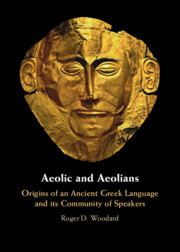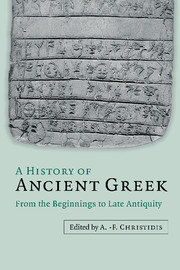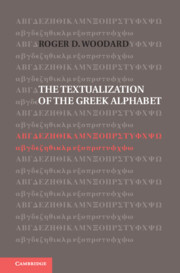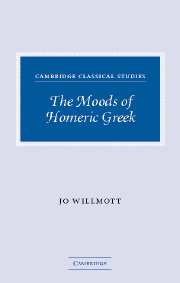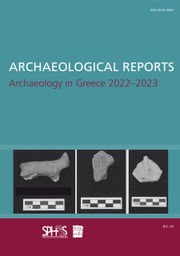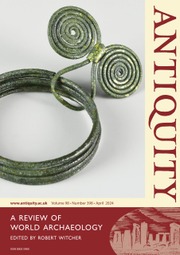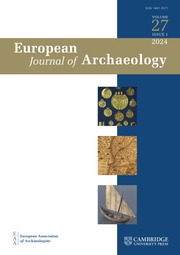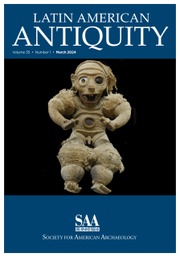Aeolic and Aeolians
Aeolic and Aeolians explores the origin of an ancient Greek language and the beginnings and evolution of the community of its speakers – the Aeolians. Roger Woodard argues that the starting point for both is situated in Asia Minor during the period of the Late Bronze Age, and that the ancestral Aeolic speech community can be identified with the Mycenaean peoples of Anatolia called the Ahhiyawans in Hittite records. These Bronze-Age Asian Greeks would intermarry with local Luvian peoples of western Anatolia, and the Aeolian language and identity – an identity encoded in myth-emerged from the intermixing of the two societies. Aeolian myths are central to Woodard's ground-breaking investigations presented in this volume. He demonstrates how assemblages of mythic components, what Lévi-Strauss called bricolage, enabled early Aeolians to give intellectual expression to their distinctive Greek identity. With the collapse of Bronze-Age societies in Mycenaean Greece, some of the early Aeolians of Anatolia would migrate to Europe, introducing their language and myths into Hellas.
- Provides examples of inter-disciplinary and multi-disciplinary approaches to the study of Mycenaean and Early-Iron-Age Greek language, myth, society, and cultur
- Shows readers how the consideration of simple facts can lead to important discoveries about the Aeolian communities, their languages, and their relationships with one another
- Presents the arguments and findings in a highly systematic and deliberate way
Product details
November 2024Hardback
9781009424400
648 pages
262 × 185 × 40 mm
1.34kg
Available
Table of Contents
- Introduction
- Part I. Aeolian and Aeolic:
- 1. Archaeology, language, and an Aeolian migration
- 2. The Aeolic dialects
- 3. More linguistic matters: Aeolic phonology and morphology as language complexification
- 4. Mycenaean dialects and Despótēs
- 5. Aeolian patronymics and the Mycenaean Hekwetai
- 6. Mycenaean Epíkouros
- Part II. Aeolian Origins in Myth:
- 7. Aeolian self-identity and metapontium
- 8. Magnesia on the Maeander: Cretans, Aeolians, and a white-horse man
- 9. Metapontium: night and day
- black and white
- 10. Boeotian foundation Mûthoi: from Dioscuri to Cabiri
- Part III. Anatolian and Aeolian Myth and Cult:
- 11. Asian goddesses and bees
- 12. Ephesian Artemis' 'breasts' and the Hittite Kurša
- 13. Aia and Argonauts
- 14. Parnassian divining bee nymphs and lot-divination
- 15. Honey and Theogonies: the west face of Sipylus
- 16. Bee and bird, Linear B Du-ma/Da-ma, Luvo-Hittite Dammara-, and Artemis/Artimis/Artamis
- 17. Conclusion.

